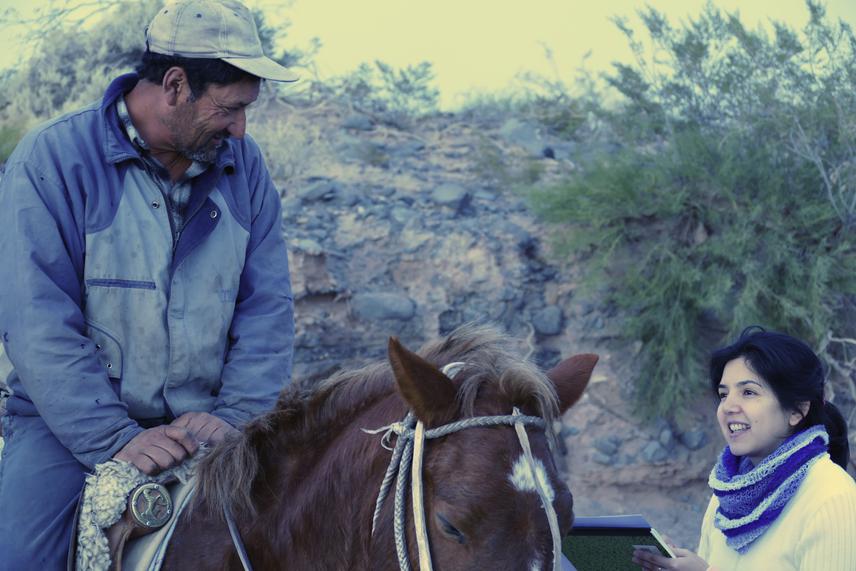Cristina Nuñez Godoy
Other projects
10 Aug 2015
More than Cashmere: Engaging Herders and Buyers in Wildlife-Friendly Certification to Help Save Endangered Andean Cat in Patagonia
23 Feb 2022
Identifying Socio-Environmental Conditions That Promote Adoption of Conservation vs. Land-Use PES Plans with Limited Biodiversity Value in the Chaco Forest
Deforestation driven by expansion of agriculture frontiers is threatening ecosystems and biodiversity at large. Payments for ecosystem services (PES), a voluntary market-based strategy, pays landowners and indigenous communities to protect native ecosystems on their land. However, implementing PES is challenging. Community engagement and participation are overlooked in program design and enrollment of lands in PES program often results in isolated patches of habitat surrounded by developed lands. This project will identify solutions that contribute to securing a continuous forested landscape for biodiversity in Argentina and to saving nature in one of the world’s most endangered eco-regions, the Gran Chaco.

Billions of dollars are spent each year globally to finance conservation programs, including payments for ecosystem services (PES). PES programs pay landowners and indigenous communities to protect native ecosystems on their land. In theory, PES should result in the protection of habitat on private lands that would attain long-term persistence of biodiversity and provision of essential ecosystem services (e.g. carbon storage). In practice, PES often provide insufficient payments to prevent land conversion to higher-value uses like intensive agriculture and fail to incorporate spatial planning to prevent enrollment patterns that result in fragmented landscapes. This project focuses on Argentina’s PES program which is intended to protect the Chaco region. I will combine economic techniques and spatial analysis to determine how PES program may be improved, or whether other incentive-based initiatives would more effectively engage landowners and communities in conservation. Using geographic information system (GIS) databases, I will identify which properties should be enrolled in PES to attain protection of contiguous forested land. I will also survey owners of these lands to determine why they have not enrolled in PES, if they would prefer alternative conservation incentives, and the amount of compensation needed to keep native forest on these lands.
The Gran Chaco has high biodiversity, including numerous endemic species, and supports many rural and indigenous communities. It is also one of the most endangered and overlooked ecoregions worldwide. In Argentina, the Chaco region is largely under private ownership and faces high pressures to convert additional natural ecosystems into agricultural and ranching lands. Yet, protection of this region remains minimal. Besides the rapid declining of the Chaco, this region is largely underrepresented in the national protected areas system. Moreover, effectiveness of the limited protected areas in providing habitat protection of the Chaco is of concern due to their progressive isolation caused by accelerated land use changes.